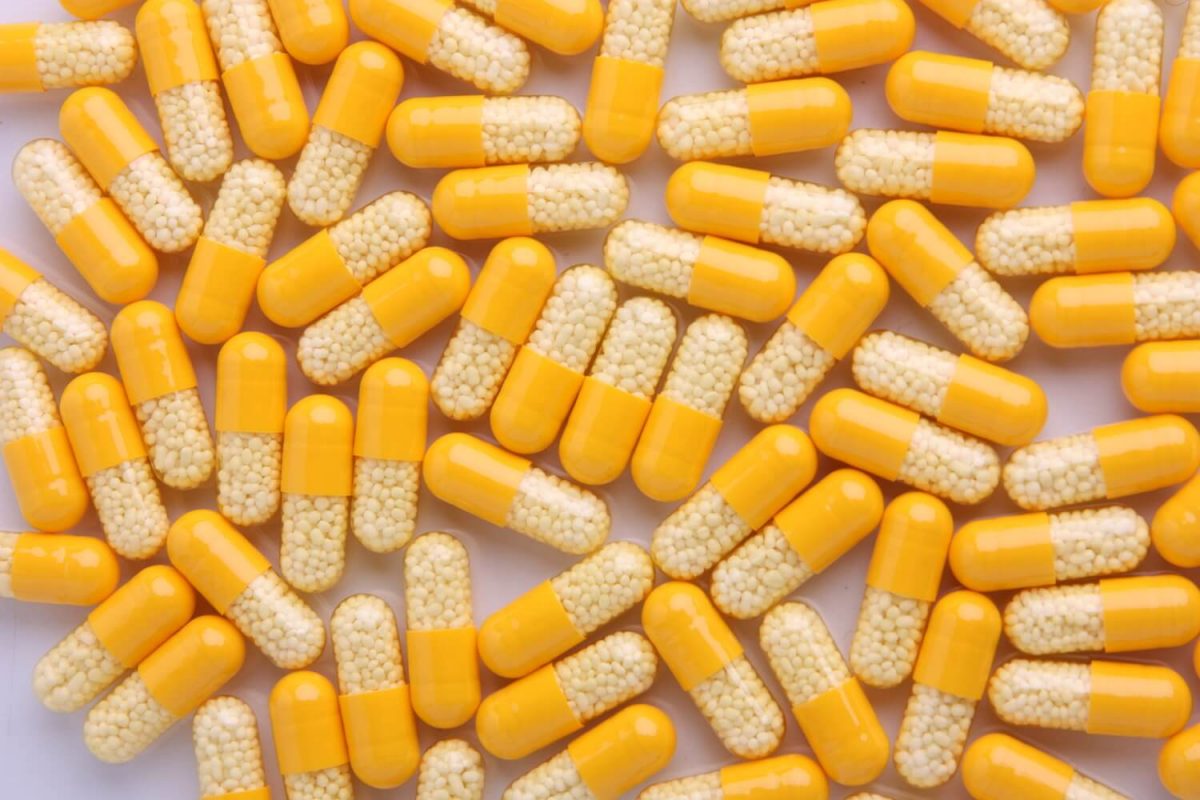Dexedrine is the brand name for dextroamphetamine, a potent central nervous system stimulant. Dextroamphetamine is also sold under the brand name Dextrostat. Dexedrine is prescribed for the treatment of attention deficit hyperactivity disorder (ADHD) and narcolepsy. Dexedrine promotes focus and calmness in people with ADHD and energy and wakefulness in those with sleep disorders.
Dexedrine is classified as a Schedule II drug under the Controlled Substances Act. This means it has a recognized medical use but also a high likelihood of abuse and addiction. Dexedrine is administered as a pill to be taken orally.
Dexedrine Abuse and Effects
All amphetamines have a high potential for abuse and addiction, and Dexedrine is no exception. Abuse is classified as any type of use other than directed by a doctor, including use without a prescription or taking more than prescribed. Dexedrine abuse goes back decades. It has been abused for studying and test-taking, boosting athletic performance, and helping with weight loss.
Dexedrine isn’t as commonly prescribed as other amphetamines but has the same risks when abused. There are serious side effects caused by Dexedrine abuse, including:
- Restlessness and insomnia
- Headaches
- Loss of appetite
- Anxiety
- Blurred vision
- Increased blood pressure
- Chest pain
- Dry Mouth
- Nervousness
- Agitation
- Anxiety
- Weight loss
- Circulation problems
- Tremors
- Fever
Greater doses of Dexedrine, along with long-term abuse and addiction, may cause more serious side effects, including:
- Hallucinations
- Delusional thoughts
- Seizures
- Amphetamine-induced psychosis
- Nausea/vomiting
- Dizziness
- Difficulty thinking clearly
- Manic behavior
- Aggressive behavior
The more often a drug is abused, the higher the risk of addiction becomes. This is because medications change the user’s brain chemistry. Dexedrine stimulates the release of dopamine (known as the “pleasure hormone”) in the user’s brain and blocks excess dopamine from being transported away. The drug begins to create higher amounts of the “feel-good” endorphins, which naturally occur at lower levels. After some time has passed, the addict’s brain stops producing these endorphins on its own, because it no longer needs to.
People will continue to use this medication because if they don’t, they will not “feel like themselves” any longer. This is because when the user stops taking the drug, they will be depleted of dopamine and experience withdrawal symptoms as the brain attempts to readjust. This can result in compulsive drug use, as it can become something they take out of a need, rather than because it’s fun. At this point, a physical dependence has formed and the risk of developing an addiction is much higher.
